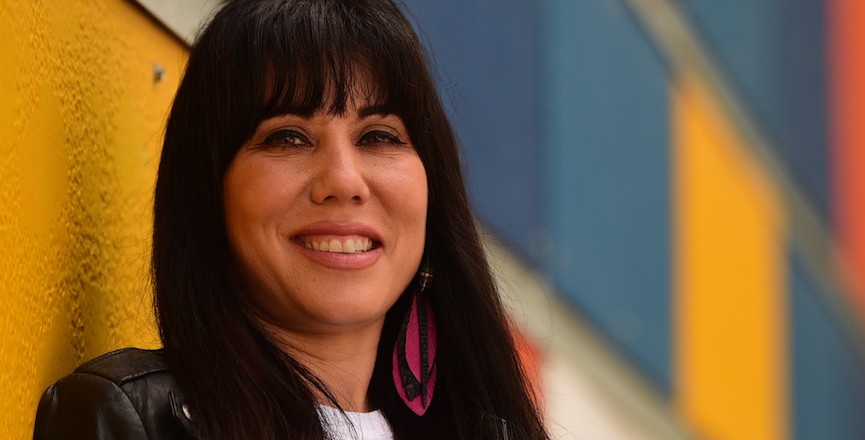As Canada marks its first National Day for Truth and Reconciliation, Indigenous Members of Parliament are reminding Canadians there’s much more work to be done.
While there were a record number of Indigenous politicians elected in the recent election — 12 total, up from 11 in 2019 — Indigenous MPs occupy just 3.5 per cent of seats in the House of Commons. Nine recently won re-election and three are headed to the House of Commons for the first time. The three newcomers are the NDP’s Blake Desjarlais (Edmonton-Griesbach) who is Métis; Conservative Adam Chambers (Simcoe-North) also Métis; and NDP Lori Idlout (Nunavut) who is Inuk.
Saskatchewan was the only province that didn’t elect an Indigenous MP in this election.
Minister of Northern Affairs Dan Vandal is pleased by the federal government’s progress on implementing Calls to Action from the Truth and Reconciliation Commission. Vandal plans to spend the day reflecting and honouring the children taken from their families to be sent to residential schools — a place from which many never returned.
“Residential schools were part of a shameful and racist colonial policy that removed some 150,000 Indigenous children from their communities and denied them their families, language, and culture,” Vandal said in an email.
Vandal also noted that while most of the 139 residential schools ceased to operate by the mid-1970s, the last federally-run school continued to run until 1996.
NDP MP Leah Gazan, member of the Wood Mountain Lakota Nation located in Treaty 4 territory in Saskatchewan, Treaty 4 territory, said in an emailed statement that she is spending the day lifting her heart up to loved ones, her community, and all survivors.
“You are loved and cherished,” Gazan said. “For all the children who never made it home, I honour you today and every day. May your sacred spirits soar with our ancestors.”
Sydney-Victoria Liberal MP Jaime Battiste, who reclaimed the district by a narrow margin, is the first person of Mi’kmaw descent to become a Member of Parliament:
“As we approach the first-ever National Day for Truth & Reconciliation, we must remember reconciliation is a journey, not a destination,” Battiste said in a statement to rabble.ca. “This journey is one we will take together, and we will be a stronger country because of it.”
In Nova Scotia, the National Day for Truth and Reconciliation will be marked on Friday, coinciding with the 35th Treaty Day in the province. That day also kicks off Mi’kmaq History Month.
“While the pandemic continues to make it difficult to gather in person, I encourage each of you to make the time to reflect on what it means to be a treaty person, as the culture, language and history of L’nu is shared and celebrated in communities throughout the province,” Nova Scotia Premier Tim Houston said in a provincial press release from this week.
Settlers urged to educate, talk to survivors
While governments tout the National Day for Truth and Reconciliation as a meaningful step forward in rebuilding relationships with Indigenous Peoples, many believe that’s not enough.
Angela Sterritt, a journalist and public speaker who has experienced violence as an Indigenous woman, shared some advice on Twitter on how to approach the day in a meaningful way:
“Take a moment to consider why you may racially profile [Indigenous peoples] while they are in public [stores, banks, on the street],” Sterritt wrote. “It causes great stress to [Indigenous peoples] and their families to be followed & questioned when just out.”
She also encourages white settlers to examine the privilege they hold and to “look at how you can treat Indigenous people (and Black and people of colour) with dignity that you are often afforded by default.”
Angela White, executive director of the Indian Residential School Survivors Society (IRSSS), gave advice for Canadians who want to make a difference on this day.
“Take pause, take notice, do your own education, do your own research,” White said. “If you can, reach out and try and talk to either an intergenerational survivor or a survivor from residential school and be open to their story…and believe what they’re telling you.”
Origin of the orange shirt
Implemented as Bill C-5 and addressing a Call to Action from the Truth and Reconciliation Commission, the federal holiday serves as both a reminder of Canada’s historic and present genocide against Indigenous Peoples, in recognizing the intergenerational trauma manifested through residential schools.
The federal holiday originated from Orange Shirt Day, an informal day marked by Indigenous communities in acknowledgement of the harm the victims and survivors of the residential school system endured and for healing.
The orange shirt represents the story of Phyllis Webstad of the Stswecem’c Xgat’tem First Nation. Upon arriving at St. Joseph’s Residential School in Williams Lake, B.C. in 1973, Webstad — like all the other children — was stripped of the bright orange shirt she had been wearing and forced into the school’s uniform. The shirt had been a gift from her grandmother.
“The colour orange has always reminded me of that and how my feelings didn’t matter, how no one cared and how I felt like I was worth nothing,” Webstad later said.
That’s why every year on Sept. 30 since 2013 people don an orange shirt to honour Webstad and reiterate the message that every child matters.
Stephen Wentzell is rabble.ca‘s national politics reporter, a cat-dad to Benson, and a Real Housewives fanatic. Based in Halifax, he writes solutions-based, people-centred stories.




